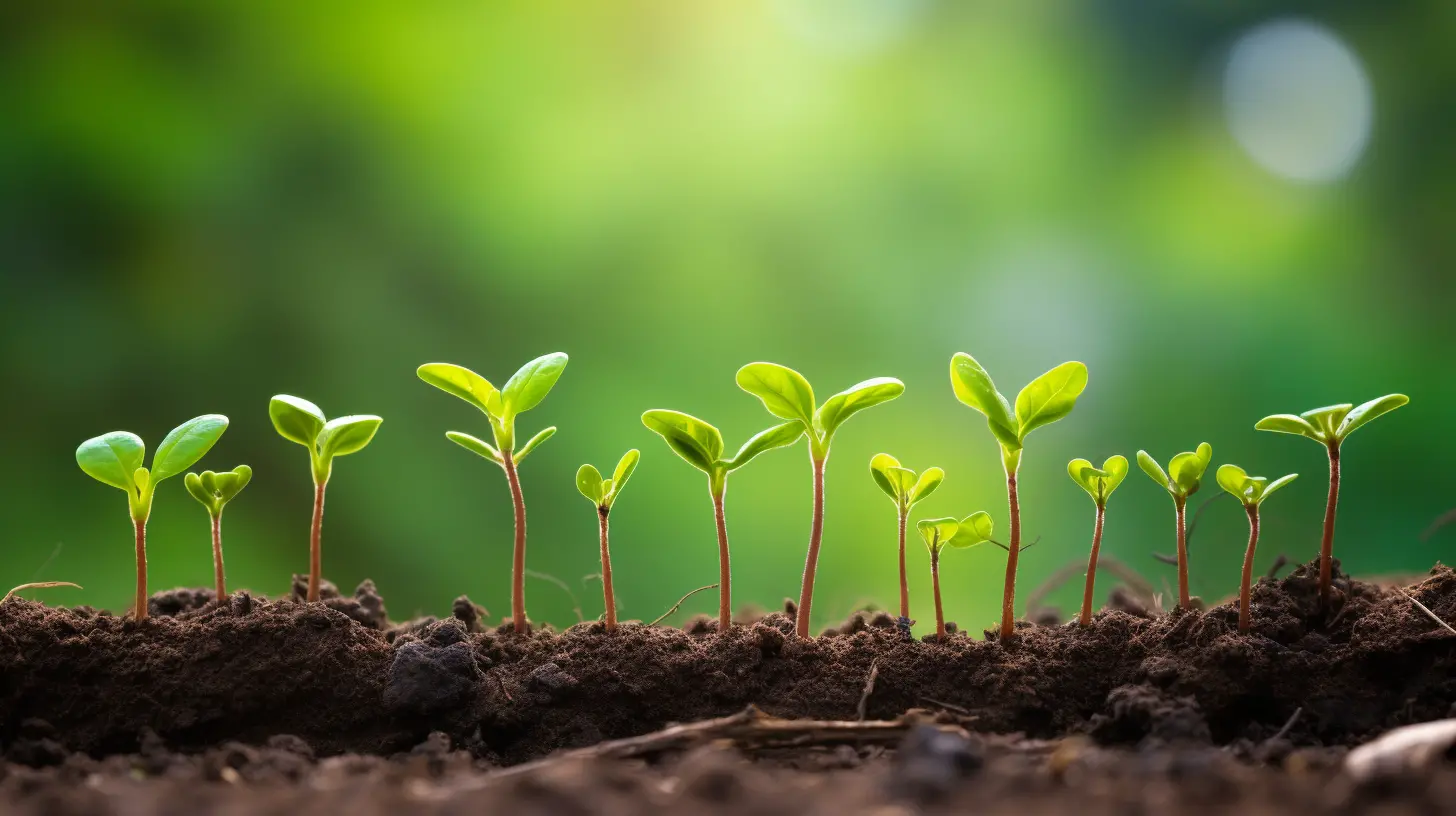
In modern agricultural production, improving the quality of crops is the goal pursued by every farmer. As one of the important fertilizers, phosphate fertilizer can not only promote the development of plant root systems, but also significantly improve the photosynthetic capacity and stress resistance of crops. This article will analyze in detail how to scientifically select phosphate fertilizers to improve crop quality.
Before choosing the right phosphate fertilizer, you first need to test the soil. Understanding the phosphorus content in the soil can help formulate fertilizer plans more accurately. Through scientific soil testing, farmers can clearly understand the nutritional status of the soil and lay the foundation for subsequent phosphate fertilizer selection.
Different crops have different demands for phosphorus. Therefore, when selecting phosphate fertilizer, it is necessary to make a reasonable selection based on the characteristics, needs and growth period characteristics of the crop. Common types of phosphate fertilizers include diammonium phosphate and monoammonium phosphate. Each type of phosphate fertilizer has advantages and disadvantages, and farmers should make their choice based on the specific needs of their crops.
Proper fertilization timing and methods are crucial to the growth of crops. For example, the best time to apply phosphate fertilizer is usually at key points in crop growth, such as pre-emergence or flowering. In terms of fertilization methods, you can choose strip application, hole application or broadcast application, which will affect the final yield and quality.
In the process of selecting and using phosphate fertilizers, scientific fertilization can not only increase crop yields, but also lay the foundation for the sustainable development of agricultural production. Through reasonable and scientific fertilization methods, we can effectively reduce the waste of resources and ensure the health of the ecological environment.
Choosing appropriate phosphate fertilizer is an important step in improving the quality of crops. Paying attention to the current soil conditions and crop needs and conducting scientific fertilization can effectively improve the growth quality of crops. It is hoped that this article can provide reference for farmers and promote sustainable agricultural development.

